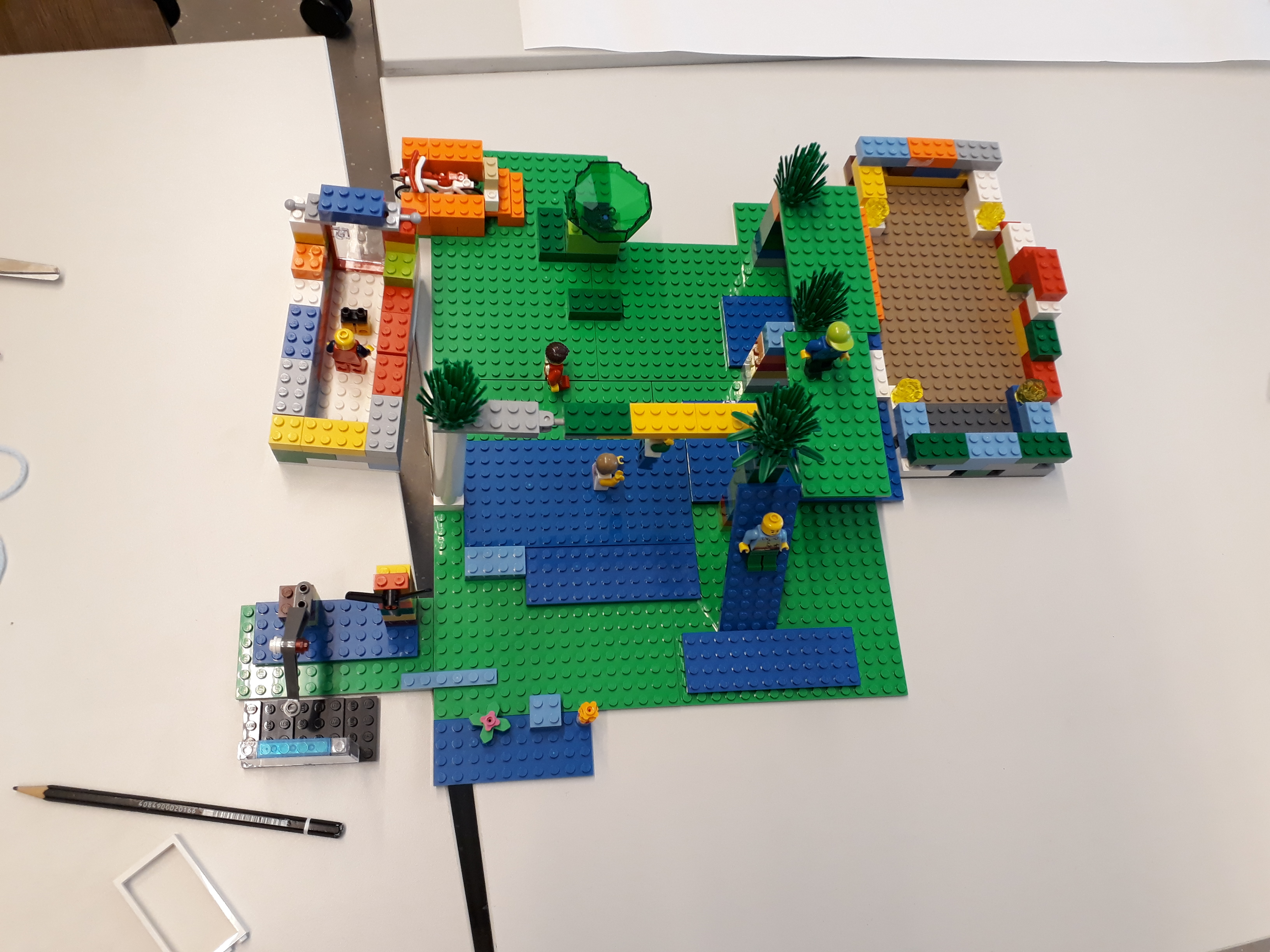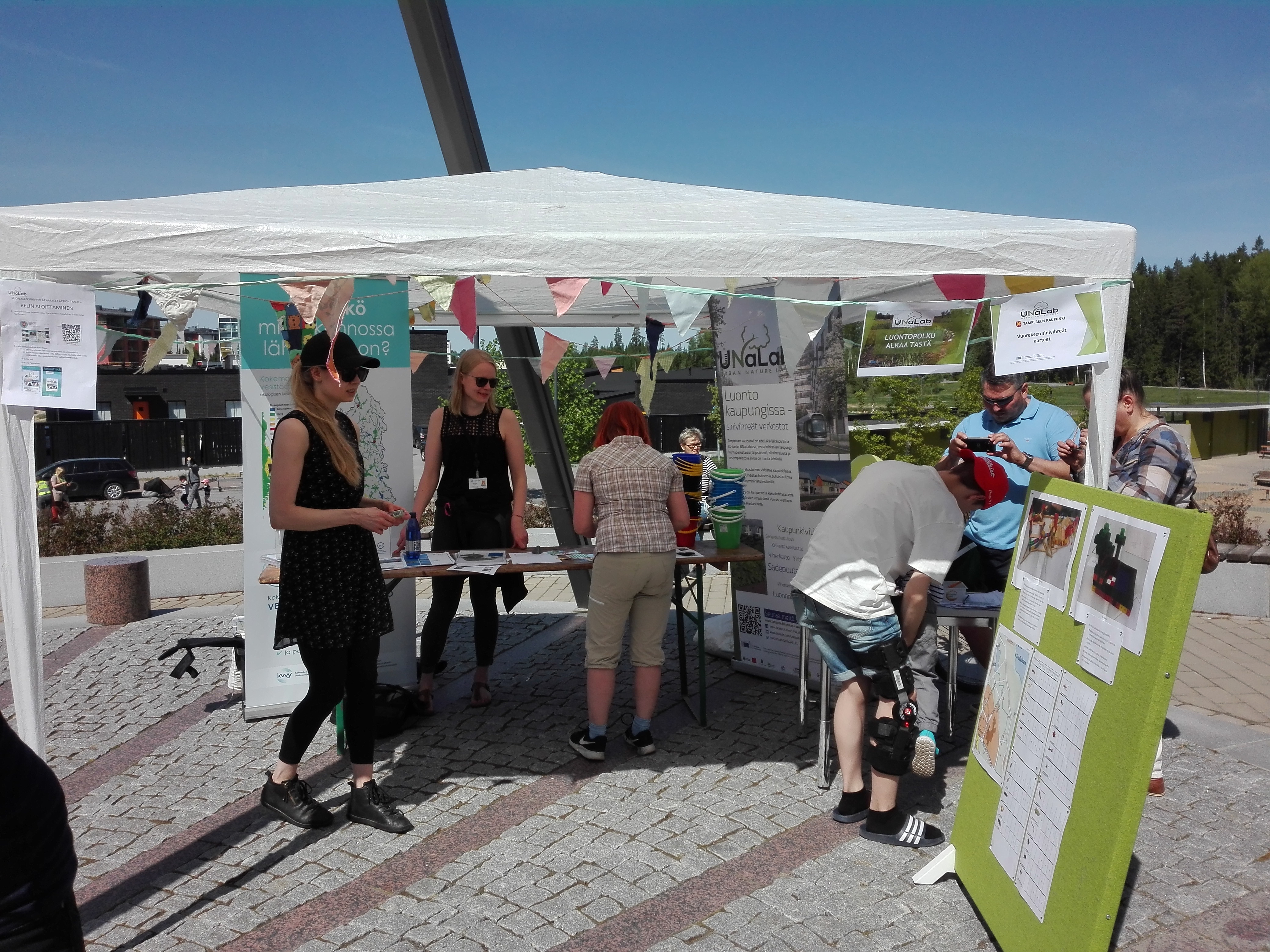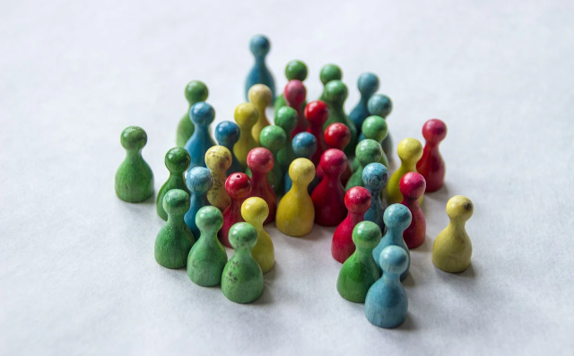The Co-creation Process in Tampere
In Tampere, many stakeholders have already embraced the concept of nature-based solutions (NBS), leading the city to select the Design Thinking method for use in their co-creation workshops. By starting with the premise that NBS can effectively address water- and climate-related issues and can contribute numerous co-benefits, a relatively greater amount of time could be dedicated to exploring the possibilities of NBS and finding concrete applications. Although the city was fairly familiar with the concept of co-creation, a trained facilitator was hired for the workshops.
SET-UP OF THE WORKSHOPS
Tampere organised three co-creation workshops in each NBS pilot demonstration area – Vuores and Hiedanranta. The main goal of the co-creation process was two-fold: to increase awareness of NBS and how they can solve urban problems, and to hear the citizens’ views on how their neighbourhood and city could develop with NBS. The city used a blend of techniques adapted to the different stakeholders that participated in the workshops.
The City of Tampere organised a series of Design Thinking Visioning - Ideating - Testing workshops in both Vuores and Hiedanranta. Altogether, there were six workshops with a total of 258 participants. Some of the co-creation methods and tools used in the workshops were: a participatory design game directed mainly towards residents, a LEGO® workshop for school and kindergarten children, an open idea co-creation workshop for various groups of stakeholders, an idea developing seminar and workshop for experts, and a guided walking tour for the public.


Selection of Participants
Tampere did not have a standard approach for the selection of stakeholders for the co-creation processes. Relevant stakeholder groups were identified, and targeted stakeholder groups were approached through the existing communication channels used by the City of Tampere and by the Hiedanranta and Vuores districts, including websites, Facebook, regular mail, the local magazine, stand activities at events, as well as through a questionnaire which also featured an invitation to one of the workshops.
Depending on the workshop, the participants included residents, school children, teachers, representatives of NGOs, students, researchers, private professionals (architects, landscape architects, urban planners, various technical consultants, building companies), public professionals (university staff) and city professionals (green areas and stormwater planners, a constructor of public areas, a green field maintenance foreman, gardeners).
Lessons Learned
Take part of the experiences and lessons learned from Tampere on how to organise a successful co-creation workshop with your stakeholders or citizens.
